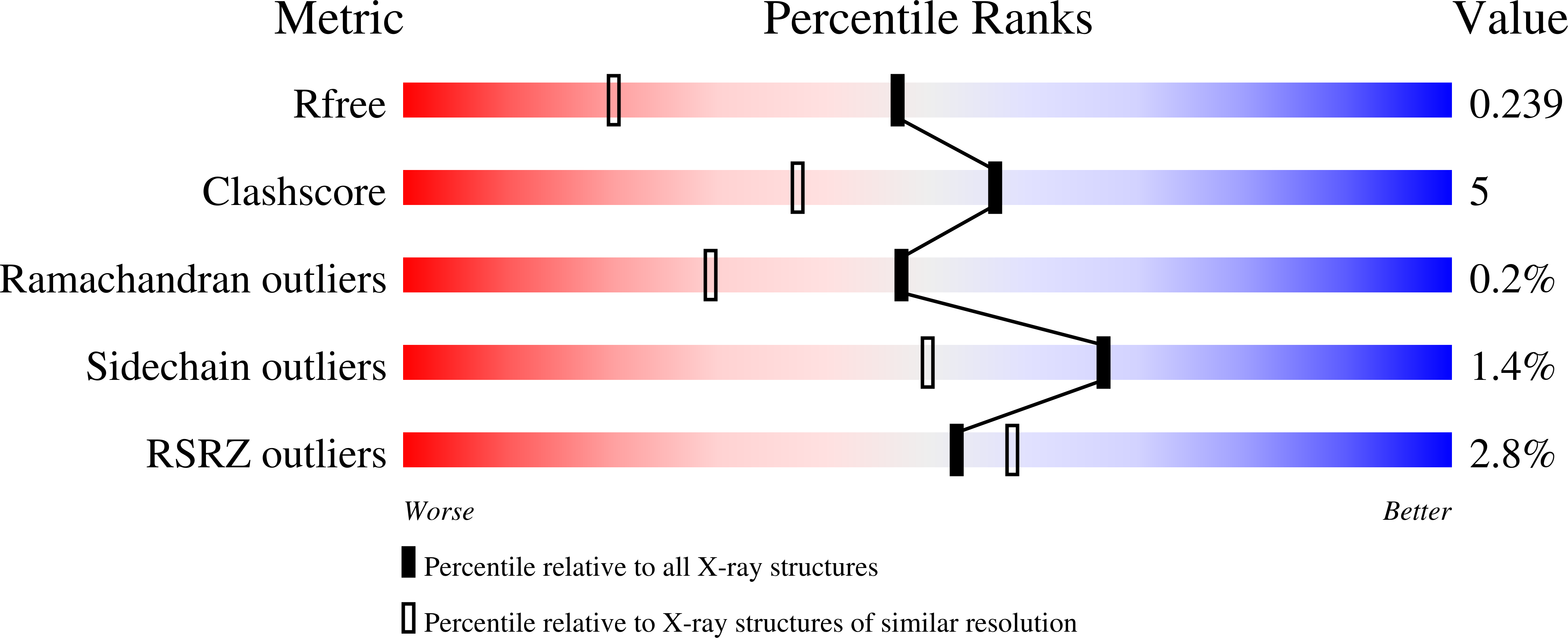
Deposition Date
2023-09-12
Release Date
2024-07-24
Last Version Date
2024-09-11
Entry Detail
PDB ID:
8QID
Keywords:
Title:
Structure of Mycobacterium abscessus Phosphopantetheine adenylyltransferase in complex with fragment
Biological Source:
Source Organism:
Mycobacteroides abscessus (Taxon ID: 36809)
Host Organism:
Method Details:
Experimental Method:
Resolution:
1.73 Å
R-Value Free:
0.24
R-Value Work:
0.21
Space Group:
C 2 2 21


